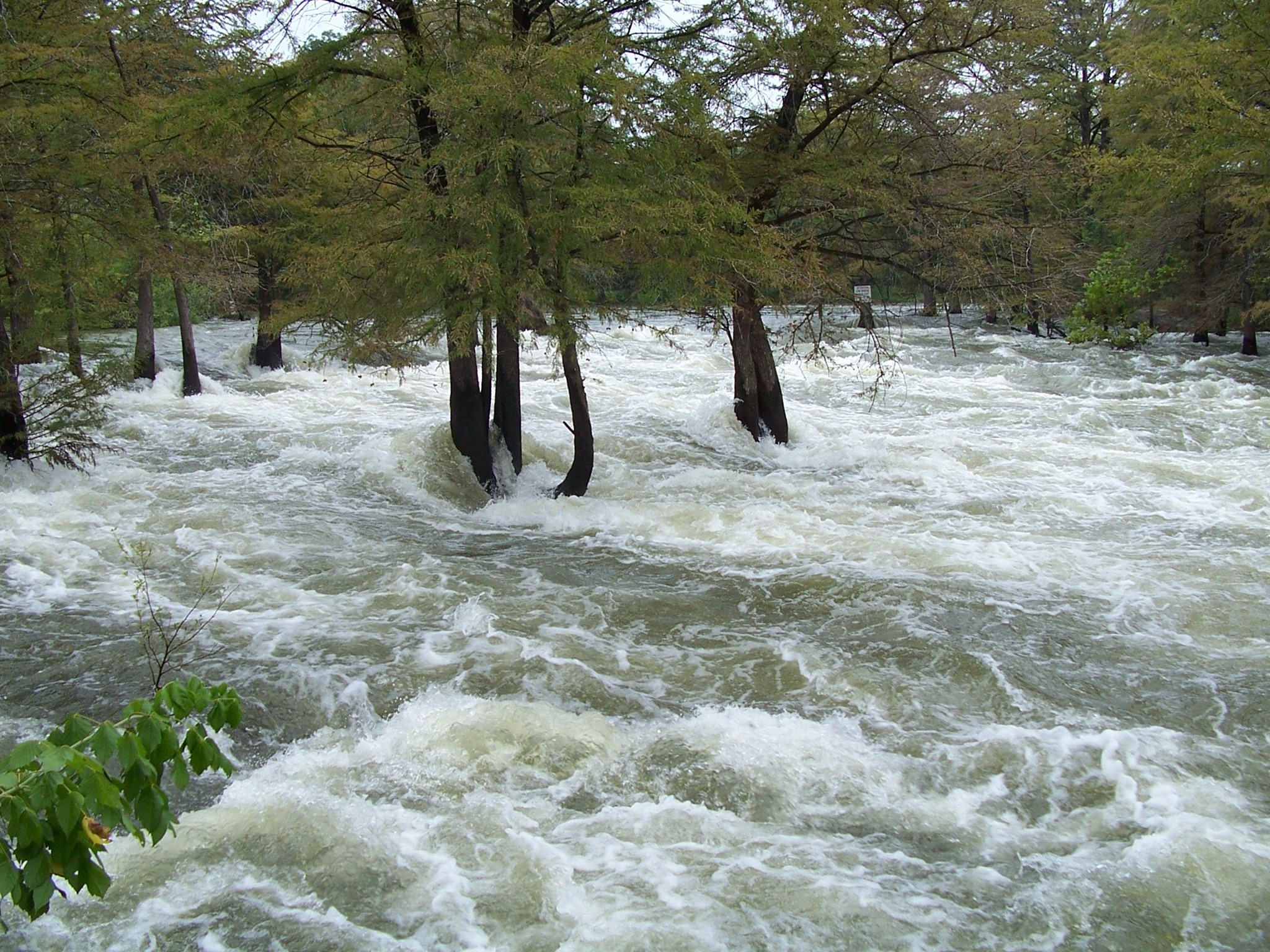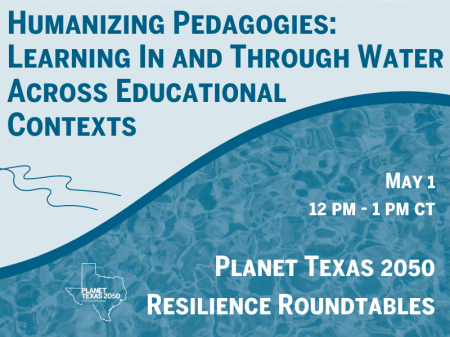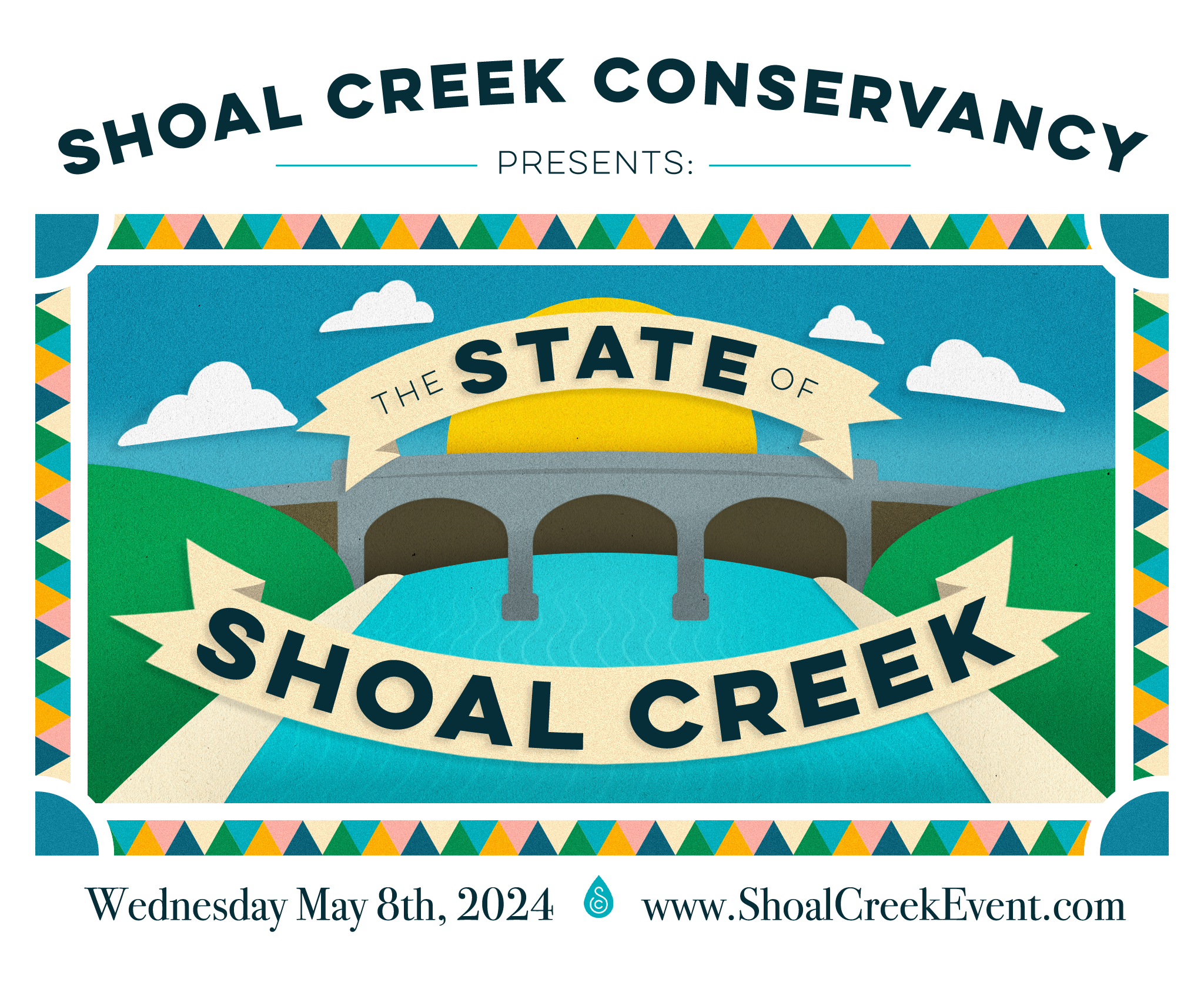Wish this page included upcoming events for your business/ organization/ meetup group/ club?

- This event has passed.
Climate Change and its Effects on Floods in Texas Happy Hour with Raymond Slade
October 15, 2020 @ 6:30 pm - 8:00 pm
Basic Info
- Date:
- October 15, 2020
- Time:
-
6:30 pm - 8:00 pm
- Event Website / RSVP:
- https://www.meetup.com/Save-Barton-Creek-Association/events/273460126/
Who's Hosting This Event?
- Save Barton Creek Association
- Who We Are:
-
The Save Barton Creek Association is a nonprofit citizen group working to protect and conserve the six watersheds of the Barton Springs Edwards Aquifer (Barton, Bear, Little Bear, Onion, Slaughter and Williamson).
- Website:
- http://www.savebartoncreek.org/

Other
- Event Topics
- Climate Change, Water
Catastrophic-flooding threats are arguably as severe in Central Texas as anywhere in the country. Many of the largest storms produce catastrophic flooding thus deeming the area to be “Flash Flood Alley”. The area is characterized by fast-developing intense storms, some of which have produced world-record rainfall depths. Also, geographic characteristics such as thin soils and steep land slopes contribute substantially to the flooding. However, perhaps the most substantial flooding threat is from easterly moving storms which often follow basin orientation—such storms can overlie and move with channel flooding thus causing immense increases in downstream flood peaks. Nevertheless, floods are merely a hazard—mankind is the disaster. For example, the area often leads the nation in drowning deaths and flood-damage costs–about 300,000 people reside within the 100-year floodplain in the five-county IH 35 corridor from Williamson to Bexar County.
Additionally, climate change likely is increasing the flooding threat. For example, linear temporal-trend analyses of data for all 14 long-term NOAA hourly rainfall gages in Central Texas indicate annual- maximum 6-hour storm depths to have increased by a mean value of 19 percent during the past 60 years. Most of the increases are deemed to be statistically significant at the 90-percent confidence level. Also, analyses of data for all 19 gages in the area infer annual-maximum 2-day storm depths to have increased by 16 percent over the past 70 years. Even small increases in large storm depths can cause large increases in peak discharges because, for such storms, most of the increased rainfall becomes runoff rather than ground infiltration or basin attenuation. For example, analyses of data for 15 long-term streamflow gages in the area document annual-peak discharges to have increased by a mean value of 72 percent during the past 60 years. Analyses of the largest of the annual-peak discharges indicate such peaks to have even greater increases. Finally, based on the trend analyses, the flooding threat in Central Texas is expected to increase even more in the future.
Join us as we talk with Raymond Slade, Certified Professional Hydrologist, and learn more about this important topic and his upcoming publication!
Venue
Related Events
-
The State of Shoal Creek: A Breakfast to Celebrate 10 Years of Shoal Creek Conservancy
May 8 @ 8:30 am - 10:00 am





